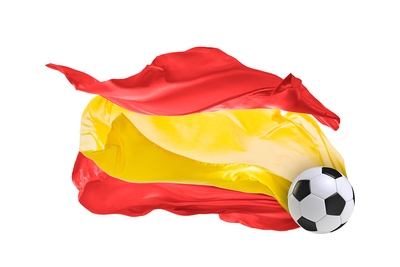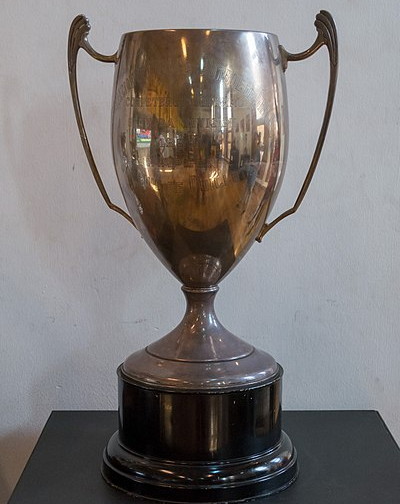Segunda División Stadiums & Stats
 The Campeonato Nacional de Liga de Segunda División is often referred to as La Liga 2, given that it is the second-tier of Spanish football and enjoys promotion to and relegation from La Liga.
The Campeonato Nacional de Liga de Segunda División is often referred to as La Liga 2, given that it is the second-tier of Spanish football and enjoys promotion to and relegation from La Liga.
As the name suggests, it is the second division of men’s football in Spain and is administered by the Liga de Fútbol Profesional.
There are 22 teams that play football in the Segunda División, which was formed in 1929.
Teams that play in it are able to qualify for the Copa del Rey, which is Spain’s premier domestic cup competition. It operates a fairly standard format, whilst Spanish citizens can watch as many as thirteen matches a week during the season.
Stadium Stats
| Stadium | Year Opened | Capacity | Ave Attendance | Record Attendance | Record Attendance Match |
|---|---|---|---|---|---|
|
Ipurua Municipal Stadium
SD Eibar |
1947 | 8164 | 4962 | 6694 | Eibar v Real Madrid (2017) |
Team Stats
| Team | Year Founded | Nickname | Team Owner |
|---|---|---|---|
| SD Eibar | 1940 | Armagiñak / Los Armeros (The Gunners) | Fan Ownership |
Segunda División Stadiums
Given that teams can be relegated from La Liga and end up playing in the Segunda División, it’s hardly surprising that some of the stadiums used by the sides that play in the league can be quite impressive. They can have capacities as low as the 5,000 mark, or large enough to fit more than 30,000 spectators in.
The vast majority of grounds that are used by Segunda División sides are single-tier. Those that are larger tend to be built in the bowl-style that is common for European countries. The stadiums used are generally smaller, but there is a fascinating mix of designs owning to the division’s place in the Spanish footballing pyramid.
About The League

In total, 22 teams ply their trade in the Spanish second division, playing each other at home and away during a 42-match season.
They’re vying to become champions and gain promotion to La Liga, but promotion can also be gained by finishing in second place and going up automatically, or by finishing in the Play-Off places.
Teams that finish between 3rd and 6th enter the Play-Offs, though reserve teams of larger sides are not eligible for this.
The Play-Offs involve two-legged semi-finals leading to a two-legged final, with the winner gaining the third promotion place.
The bottom four clubs at the end of the season are relegated to Segunda División B, so it’s a league with a lot of changes each season.
Segunda División History
The Spanish second-tier was created in 1929 when the Royal Spanish Football Federation felt that one was needed.
Apart from during a brief period between 1949 and 1968, during which the league was regionalised into North and South, it has been a single-table that involves clubs from all over the country.
The Segunda División has been the organisational responsibility of the Liga de Fútbol Profesional since 1984 and it was decided that a Play-Off system should be introduced ahead of the 2010-2011 season.
The competition has had numerous sponsors since the banking ground BBVA became the first such company to sponsor it in 2006.
